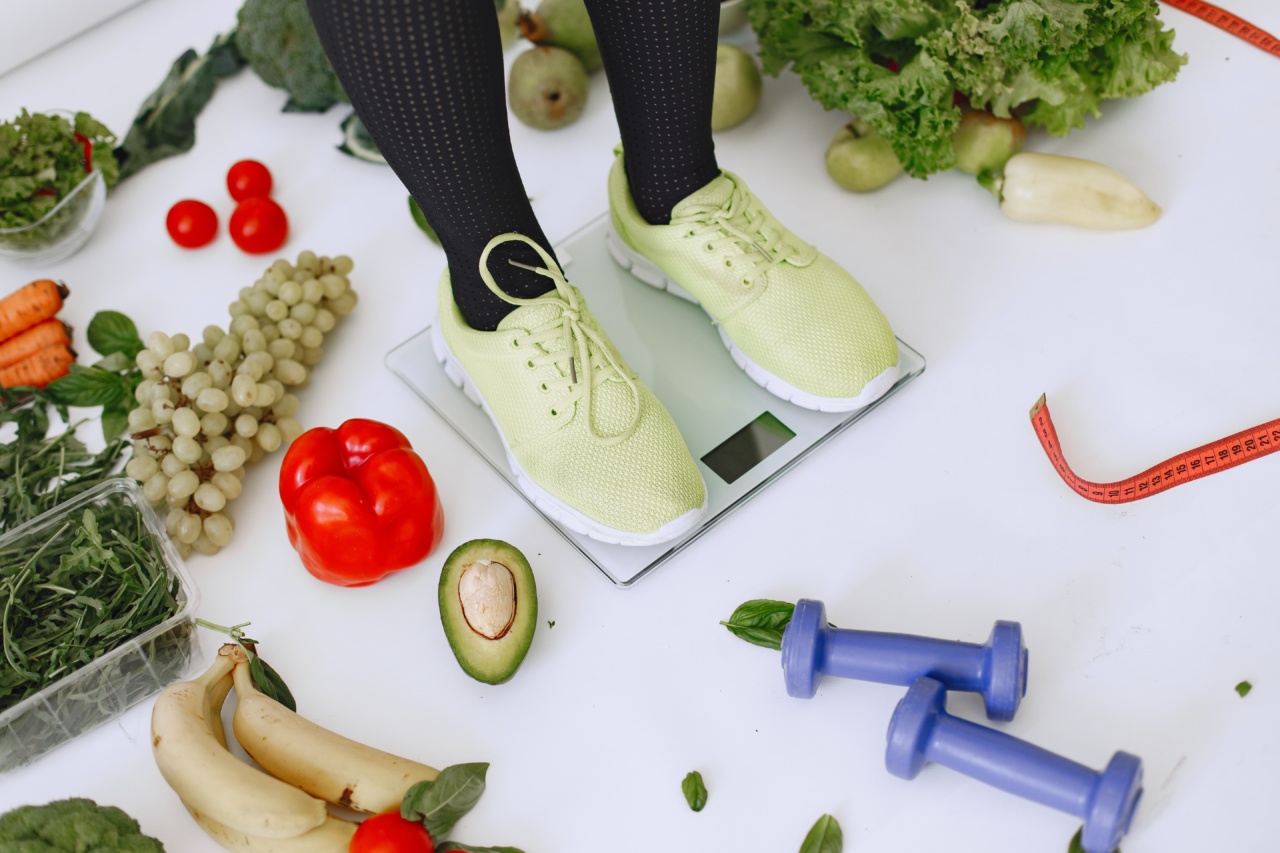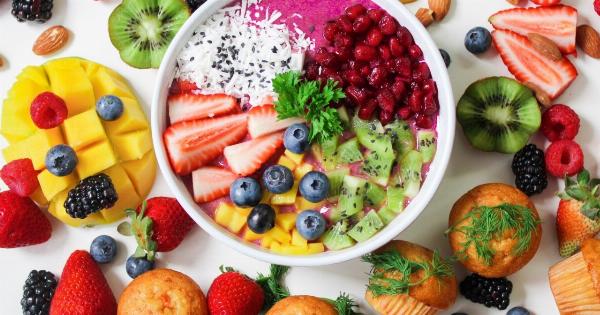Trying to lose weight can be a difficult and frustrating process. It can be especially challenging to know what to eat and how much to eat when it comes to losing weight.
However, putting together an ideal diet plan for weight loss doesn’t have to be complicated. In this article, we’ll break down the best foods to eat and how to portion them for a healthy, effective weight loss plan.
Maintain a Caloric Deficit with Proper Portions
When it comes to losing weight, the most important factor is maintaining a caloric deficit. This means you need to burn more calories than you consume in order to lose weight.
While it’s true that you could technically eat nothing but junk food and still lose weight as long as you’re in a caloric deficit, this is not a healthy approach and can result in nutrient deficiencies and other health problems. Instead, focus on consuming healthy, whole foods in the correct portions to maintain your caloric deficit.
To determine how many calories you should consume daily for weight loss, input your information into a calorie calculator. Be honest about your activity level and goals, as consuming too few calories can be just as detrimental as consuming too many.
Once you know how many calories you should aim to consume each day, break them down into macronutrients.
The ideal macronutrient breakdown for weight loss is 40% carbohydrates, 30% protein, and 30% fat. However, this can vary depending on your individual needs and preferences.
It’s important to emphasize whole foods over processed or packaged foods, regardless of macronutrient breakdown.
The Best Foods for Weight Loss
When it comes to losing weight, not all foods are created equal. Some foods are more nutrient-dense and lower in calories than others, making them ideal choices for weight loss.
Below are some of the best foods to include in your diet plan for weight loss:.
Leafy Greens
Leafy greens like spinach, kale, and lettuce are packed with nutrients like vitamins, minerals, and fiber. They’re also low in calories, making them an ideal choice for weight loss.
Aim to incorporate at least 1-2 cups of leafy greens into each meal. Salads, soups, and stir-fries are all great options.
Lean Protein
Protein is essential for weight loss as it helps to keep you feeling full and satisfied after meals. Lean protein sources like chicken breast, turkey breast, fish, and lean beef are all great options.
Vegetarians and vegans can opt for plant-based protein sources like tofu, tempeh, and legumes. Aim to incorporate at least 1-2 servings of lean protein into each meal.
Non-Starchy Vegetables
Non-starchy vegetables like broccoli, cauliflower, peppers, and zucchini are also great choices for weight loss. They’re low in calories but high in nutrients, making them ideal for filling up your plate without exceeding your caloric limit.
Aim to incorporate at least 1-2 servings of non-starchy vegetables into each meal.
Healthy Fats
Healthy fats like avocado, nuts, seeds, and olive oil are important for weight loss as they help to regulate blood sugar levels and keep you feeling full. However, it’s important to portion them correctly as they are high in calories.
Aim to incorporate a serving of healthy fats into each meal.
Whole Grains
Whole grain carbohydrates like quinoa, brown rice, and whole wheat bread are ideal choices for weight loss as they are high in fiber and nutrients while still providing a source of energy. However, it’s important to portion them correctly.
Aim to incorporate 1-2 servings of whole grains into each meal.
Portion Control for Weight Loss
While the foods you eat are important for weight loss, so is the way you portion them. It’s easy to overeat even healthy foods, leading to a calorie surplus and weight gain. Below are some tips for proper portion control:.
Use Small Plates and Bowls
Using smaller plates and bowls can make it easier to portion your food correctly. You’ll be less likely to overfill your plate and consume too many calories.
Listen to Your Body
It’s important to pay attention to your body’s hunger and fullness signals. Eat until you’re comfortably full but not overly stuffed.
Use Measuring Cups and Spoons
Using measuring cups and spoons can help you accurately portion your food and prevent overeating.
Pre-Portion Your Meals and Snacks
Pre-portioning your meals and snacks can also help prevent overeating. Use reusable containers or baggies to portion out your food and have healthy snacks on hand throughout the day.
A Sample Diet Plan for Weight Loss
Below is a sample diet plan for weight loss based on the above recommendations:.
Breakfast:
Quinoa and vegetable scramble (1 cooked cup quinoa, 1-2 cups non-starchy vegetables, 2 eggs or 1/2 cup egg whites), 1 small serving of fruit (1 small apple, 1/2 cup berries).
Snack:
1 ounce of nuts or 1/2 small avocado with 1-2 whole grain crackers.
Lunch:
Grilled chicken breast (3-4 ounces), 2 cups leafy greens, 1/2 cup cooked brown rice, 1-2 tablespoons of olive oil and vinegar dressing.
Snack:
1 small piece of fruit (1 small pear, 1 small peach, etc.) with 1 tablespoon almond butter.
Dinner:
Baked salmon filet (3-4 ounces), 2 cups non-starchy vegetables (steamed broccoli, sauteed peppers, etc.), 1/2 small sweet potato, 1-2 tablespoons of olive oil or butter.
Snack (if needed):
Celery and carrot sticks with 2 tablespoons of hummus or 1/4 cup of roasted chickpeas.
Conclusion
Losing weight doesn’t have to be a difficult or restrictive process. By focusing on nutrient-dense, whole foods and proper portion sizes, you can achieve your weight loss goals in a healthy and sustainable way.
Be patient with yourself, listen to your body, and enjoy the journey towards a healthier you.



























